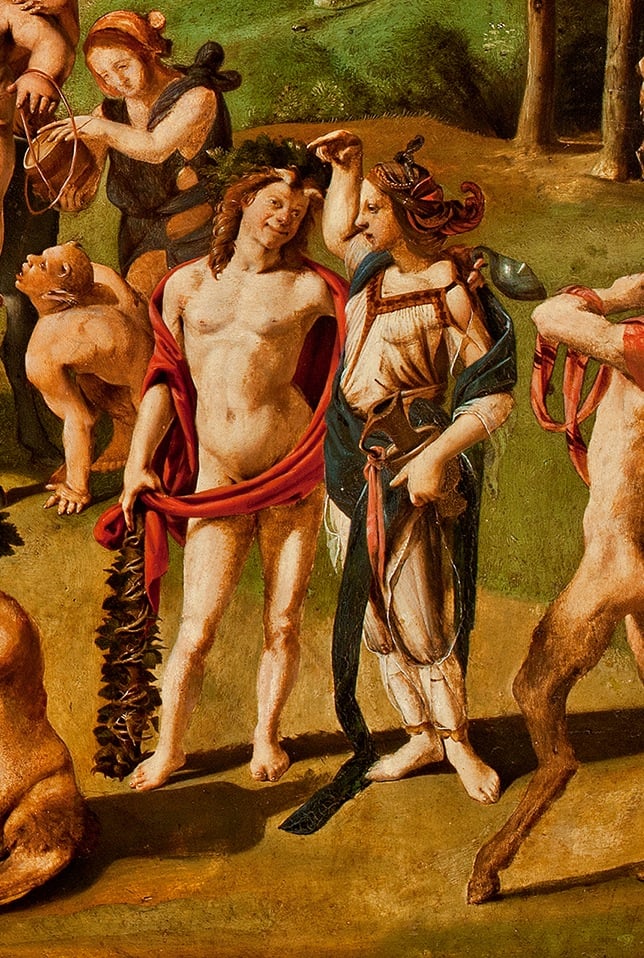Art & Exhibitions
Piero di Cosimo at the National Gallery Humanizes the Past
THE DAILY PIC: The Florentine painter mellows his classical heroes.

THE DAILY PIC: The Florentine painter mellows his classical heroes.

Blake Gopnik


THE DAILY PIC: These two beauties are Bacchus and Ariadne, the great lovers and lookers, seen in a small detail from Piero di Cosimo’s Discovery of Honey. It’s the second Daily Pic I’ve pulled from his stunning survey at the National Gallery in Washington. The painting overall is amazing (make sure to take a long look) but I simply couldn’t pull my eyes from this utterly charming pair. I think they are so specially appealing because Piero’s picture comes at a vital art-historical moment, between about 1490 and 1500, when the styles of antiquity had been brought forward from the past, with a new accuracy, and then fully incorporated into the contemporary reality of late-medieval Florence. Piero’s Bacchus and Ariadne, that is, are given all the good humor and humanity of real Florentine lovers. Whereas within just a few years, the artists of the High Renaissance would turn the culture of Greece and Rome into a remote and austere world of ideals: By 1520, the present was looking back at that great past as past, rather than bringing it forward to come fully alive in the here and now. The art of antiquity was set on the path to becoming the style of court houses and capitols, not bath houses and boudoirs. Ironically, by bringing antique art into the happy mess of his own present, Piero came closer to the real, humane world that Greek art would have been born in almost two millennia earlier. It’s as though he sensed that the white marble beloved of Michelangelo and Canova was once painted in bright flesh tones. (Collection of Worcester Art Museum, Worcester, Mass.)
For a full survey of past Daily Pics visit blakegopnik.com/archive.